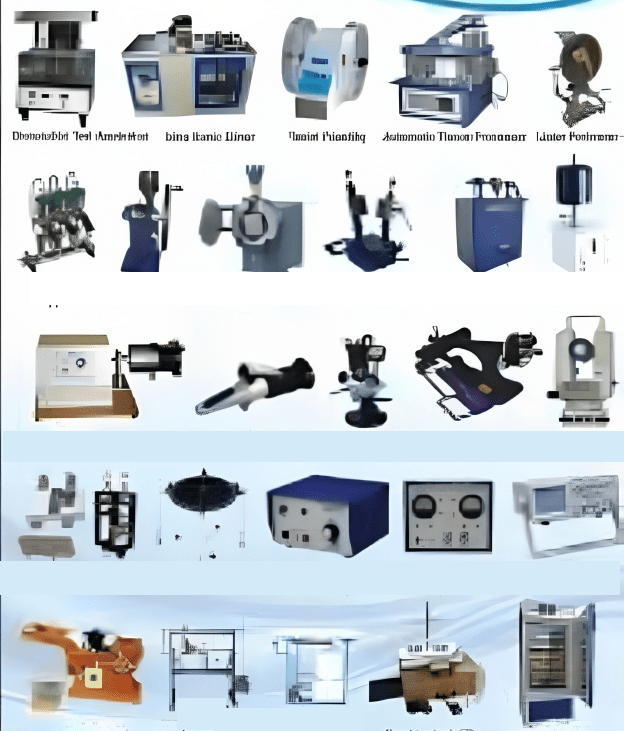Laboratory Apparatus Uses
Laboratory apparatus uses are integral to scientific research, education, and various industries. They enable precise measurements, facilitate experiments, and ensure safety protocols. Every laboratory relies on specific apparatus, which are categorized based on their functionalities. Common laboratory apparatus includes glassware like beakers, flasks, and test tubes, each serving distinct purposes. Additionally, instruments such as microscopes, centrifuges, and spectrophotometers play crucial roles in analysis and observation.
Firstly, let’s explore glassware. Beakers are used for mixing, stirring, and heating substances. Their broad mouths allow for easy access and measurement. Flasks, especially Erlenmeyer flasks, are designed for swirling liquids without the risk of spillage, making them perfect for titration experiments. Test tubes are fundamental for holding samples, reactions, or cultures. They are indispensable in any lab, particularly in biology and chemistry domains.
Next, we have measurement tools. Precision scales and calibrated pipettes are vital for accurate quantifications. In chemical experiments, measuring volume and mass precisely ensures validity and reproducibility of results. Burettes are also essential for titrations, where incremental delivery of a titrant can affect the outcome of the experiment.
Microscopes represent another category of laboratory apparatus that allows scientists to observe microscopic organisms and cells. They vary from simple light microscopes to advanced electron microscopes, each providing different levels of detail. In biological studies, the ability to examine cells at the microscopic level is crucial for research into genetics and cellular structure.
Centrifuges serve to separate components of mixtures based on density. They spin samples at high speeds, allowing heavier particles to settle at the bottom, facilitating analysis in medical and biological applications. PCR machines are another essential apparatus in molecular biology labs, enabling DNA amplification for various genetic tests.
Additionally, spectrophotometers are critical for analyzing substances’ light absorption properties. They help in quantifying concentrations in solution by measuring how much light a sample absorbs at specific wavelengths. This technology is widely applied in biochemical assays, environmental monitoring, and quality control in industrial settings.
Safety equipment deserves mention when discussing laboratory apparatus uses. Items such as fume hoods, gloves, goggles, and lab coats protect individuals from hazardous materials. Ensuring that safety protocols are followed is just as crucial as conducting experiments accurately. The right apparatus can prevent accidents and expose technicians to minimal risk.
Moreover, automation in modern laboratories enhances efficiency. Devices like robotic liquid handlers and automated titrators streamline processes, reduce human error, and increase throughput for high-throughput screening and analysis. The integration of technology into laboratory practices reflects ongoing advancements and innovations in the scientific community.
In summary, understanding laboratory apparatus uses is fundamental for anyone engaged in scientific work. Each piece of equipment contributes uniquely to experiments and research, ensuring accurate results and safe practices. Whether in educational settings, pharmaceutical companies, or research institutions, knowledge of these tools is essential. Labs can only function effectively when equipped with the right apparatus tailored to their specific needs and objectives. Continued education and training on the uses of laboratory apparatus ensure that all lab personnel are competent and familiar with the tools they utilize daily, laying foundations for successful scientific inquiry and innovation.








